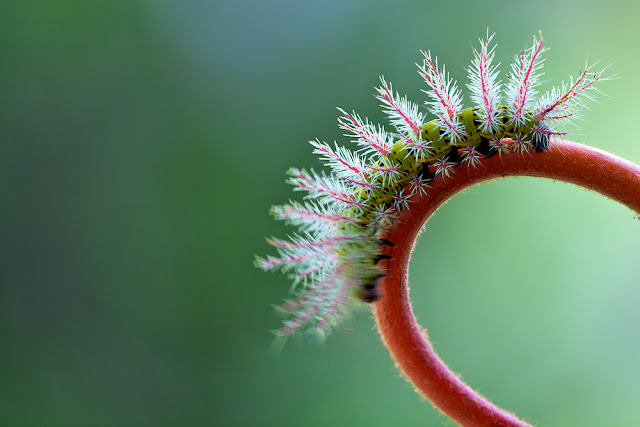 |
| Landing Gear Down - Crex Meadows Wildlife Management Area, WI Canon 7D + Canon 300mm f2.8L IS @ 1/20 sec Shutter Speed |
In Tip #3 I challenged you to purposefully defocus your subject to accentuate form and color. This technique produces impressionistic-like photos reminiscent of paintings from the 19th century art movement. The blurred natural and human landscapes by Monet, Renoir, and Pissarro demonstrate that the mind takes great pleasure when it fills in the gaps. Artists like Degas used softened brush strokes to construct the body of dancers while van Gogh employed choppy lines to make his portraits. As with painting, realism is not a prerequisite for photography. While we may pay a premium for our sharp optics and fast autofocus, the details they produce may mask the story that a blur might otherwise convey.
Tip #34: Use a Long Shutter Speed to Blur a Moving Subject.
To produce this image, I studied the flight pattern of cranes returning to their evening roost. As thousands of birds flew by, I decided to forgo the production of one more sharp picture. Instead, I began to wonder what it must be like to be a crane approaching a narrow strip of land illuminated by the setting sun. Using a long shutter speed and small aperture, I panned the passing birds as they lowered their landing gear for their final descent. Here, the blurred wings, defocused bodies, and streaked background emphasize form and color at the expense of detail.
...the mind takes great pleasure when it can fill in the gaps.
©2000-2012 BTLeventhal.com / Bruce & Tamy Leventhal. All rights reserved. No image on this site may be used without permission.














































